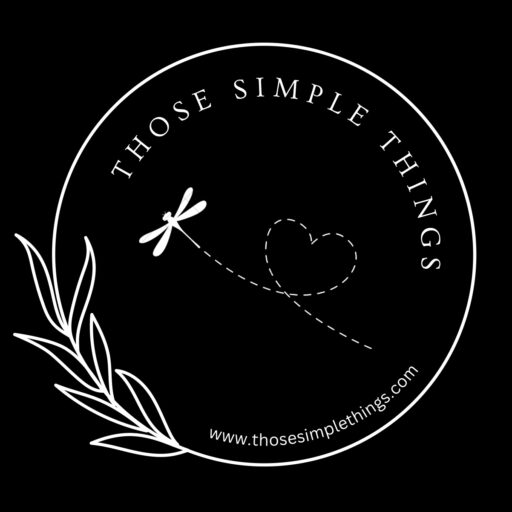
Crochet Basics For Beginners Series
Mastering the Hook Hold: A Gripping Story!
The way you hold your crochet hook affects everything from your stitching speed to your comfort level. A good grip helps you maintain consistent tension in your yarn and reduces hand fatigue. Whether you’re new to crochet or looking to refine your technique, understanding and practicing the correct hook hold is crucial.
Things You’ll Need
- A crochet hook of any size
Exploring Various Grip Styles: Pencil Grip vs. Knife Grip
There are two common ways to hold a crochet hook: the pencil grip and the knife grip, each one has its advantages, and the choice often comes down to what feels most comfortable, so have a try and see what feels right for you.
Knife Grip: Held like you would a knife when cutting vegetables, this grip is often considered more comfortable for longer crocheting sessions, allowing more significant movements and less strain on the fingers.
Pencil Grip: Similar to how you would hold a pencil, this grip is favoured for its precision and control, particularly beneficial for intricate stitch work.
Step-by-Step Guide to Holding a Crochet Hook Like a Pro
Relax Your Hand: Keep your hand relaxed but firm. Your grip should be secure enough to control the hook without squeezing it tightly.
For the Knife Grip: Place your hand under the hook, rest the hook handle against your palm with the little and ring finders wrapped over it for support. At the hook end, place your middle and index fingers underneath the hook for support, then place your thumb on top for pressure control.
For the Pencil Grip: Place your hand under the hook, rest the handle on your palm edge between your thumb and index finger for support. At the hook end, place your middle finger underneath the hook for support, then place your thumb and index finger on top for guidance and pressure control (the same way you grip a pencil).
Here’s a Quick and Simple Video
Adjusting the Grip for Different Types of Crochet Hooks and Yarn
Different hook materials (metal, wood, plastic) and yarn types can require slight adjustments in your grip. For example, slippery yarn might benefit from a firmer grip, or a larger, padded hook handle might be more comfortable for those with joint issues.
Tips to Ensure a Secure and Comfortable Hook Hold
Listening to your body and modifying your grip to suit your comfort level can profoundly impact your crocheting efficiency and enjoyment.
- Don’t grip the hook too tightly.
- Adjust your grip periodically or when feeling hand fatigue or discomfort.
- Don’t use hooks that are too small or large for your hands.
Happy Hook Holding!
If you would like to learn more, check out all our other posts within the Crochet Basics for Beginners Series:
How to Slip Knot Yarn onto a Hook
And many many more you can find under our Crochet – Crochet Basics for Beginners Series section






Leave a Reply